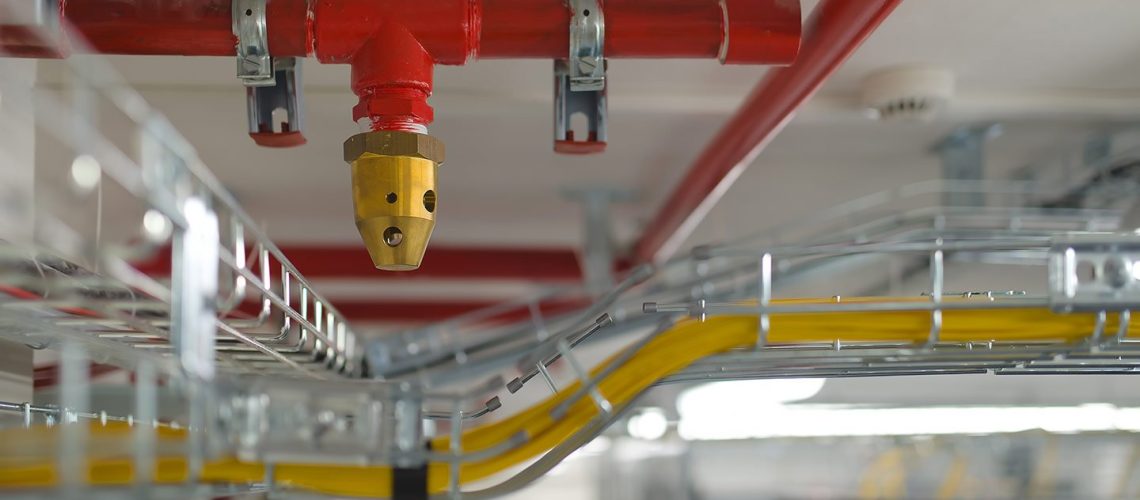A Comprehensive Guide to Fire Protection Solutions for Construction Company Executives
As a construction company executive in the United Kingdom, you understand the importance of ensuring the safety and integrity of every project you undertake. One crucial aspect of building safety is passive fire protection. This blog post will provide an in-depth look at what passive fire protection entails and how it can significantly benefit your construction projects.
What is Passive Fire Protection?
Passive fire protection (PFP) is a vital component of a building’s overall fire safety strategy. It involves incorporating fire-resistant materials and systems into the structure of a building to limit the spread of fire and smoke, maintain structural integrity, and provide occupants with enough time to safely evacuate in the event of a fire.
The key elements of fire protection include:
- Fire-resistant walls, floors, and ceilings: These are constructed using materials that can withstand high temperatures and prevent the spread of fire and smoke between rooms and floors.
- Fire doors: Specially designed doors that resist the passage of fire and smoke, effectively compartmentalizing the building and providing safe escape routes for occupants.
- Cavity barriers: These are installed within concealed spaces, such as cavity walls and suspended ceilings, to prevent the spread of fire and smoke through the building.
- Fire stopping: This involves sealing any gaps or openings in walls, floors, and ceilings, such as those created by pipes, cables, or ductwork, to prevent the passage of fire and smoke.
- Structural fire protection: Fire-resistant coatings and cladding are applied to structural steel elements to maintain their stability during a fire and prevent potential collapse.
Visit the IFSEC to read more about this topic.
The Benefits of Fire Protection for Construction Projects
Implementing fire protection measures in your construction projects offers numerous benefits, including:
- Enhanced safety: fire protection systems help protect occupants by slowing the spread of fire and smoke, allowing more time for evacuation and reducing the risk of injury or death.
- Regulatory compliance: UK building regulations require the incorporation of passive fire protection measures in new construction projects to meet fire safety standards. By incorporating PFP, your projects will be compliant with the law and demonstrate your commitment to safety.
- Property protection: By limiting the spread of fire and maintaining structural integrity, passive fire protection can minimize property damage and reduce the financial impact of a fire on your construction projects.
- Insurance benefits: Buildings with effective passive fire protection measures may qualify for lower insurance premiums, as they are considered less of a risk by insurance providers.
- Reputation management: A strong commitment to safety, including the implementation of passive fire protection systems, can enhance your construction company’s reputation and contribute to a positive public perception.
Partnering with a Reputable, Credible Service Provider
To ensure the effectiveness of fire protection measures in your construction projects, it is essential to partner with a reliable and experienced service provider. A knowledgeable PFP provider can offer guidance on the most suitable materials and systems for your projects, ensuring optimal fire safety and regulatory compliance.
As a leading fire protection service provider in the United Kingdom, our team is dedicated to providing the highest quality PFP solutions tailored to your specific needs. We work closely with construction companies like yours to design and implement passive fire protection systems that enhance safety, protect property, and comply with regulatory requirements.
Don’t compromise on safety when it comes to your construction projects. Contact our fire protection experts today to learn more about our comprehensive PFP solutions and how they can benefit your projects in the UK.
Visit our passive fire protection page to read about our services.

